
Multi-tasking when working out is key, as most of us don’t have several hours to spend at the gym. So workouts incorporating strength training and cardio are a great way to accomplish two forms of exercise at once!
But what kind of workouts pull double duty on cardio and strength training?
Cardio Comes in Various Forms
Before we get to the circuit, I want to spend a few minutes talking about what makes up a great cardio workout.
Certain movements done in a circuit (back to back with no rest) can elevate your heart rate as you progress, giving your body a great cardio session. Many people think of cardio as running, the stair stepper, or high-intensity interval training, but it doesn’t have to be. You can elevate your heart rate to an aerobic level by doing targeted circuit exercises.
Aerobic and Anaerobic
- Aerobic: something that you can do for a long period of time without fatiguing quickly.
- Anaerobic: something you are working very hard at (e.g., sprinting) and can only be done for a short amount of time.
Exercises that double as cardio can be done aerobically, but it could be beneficial to throw in a few exercises that will put your body into an anaerobic state. For instance, you could do your strength training and throw in a couple of exercises that would spike up your heart rate like high knees, burpees, or jump squats.
 A Strength Training and Cardio Circuit
A Strength Training and Cardio Circuit
This circuit should be done with movements back to back, and no rest. Each movement can be done for 40 seconds.
Please ensure you are cleared for exercise by your physician before starting. If any exercises cause any pain, please skip that one or substitute with a different movement.
Exercise equipment needed:
- Dumbbells (light enough that you can press over your head 8-12 times)
- Water
- Jump rope
Movement 1: Squat, bicep curl to overhead press
- Hold dumbbells at your side as you go into a low squat
- As you stand, you’ll start your bicep curl to overhead press. This should be done in one fluid motion
- Once your hands are pressed over your head, bring your arms back to your side and start the movement over again
Movement 2: Up and down arm planks
- Start in plank position (with elbows on the ground)
- Push up with one hand, then the other
- Go back down into plank position with one hand, then the other
Movement 3: Plank to back rows
- Hold both dumbbells in your hands in an upward planking position.
- Changing arms each time, bring your hand (as a back row) towards your hip keeping your elbow right along your side.
Movement 4:Low Squat Circuit
- Start in a wide low squat.
- Squat up and down in this position for 20 seconds then hold a low squat for 20 seconds.
Movement 5: V-ups
- This is an abdominal exercise. You will start lying down flat on your back.
- Lift your arms and legs at the same time to come into a “v” shape with your body, then slowly lower your body back down to the starting position.
- With this movement, it’s very important to protect your low back. Do not let your back arch in anyway, keep your lower back pressed into the ground.

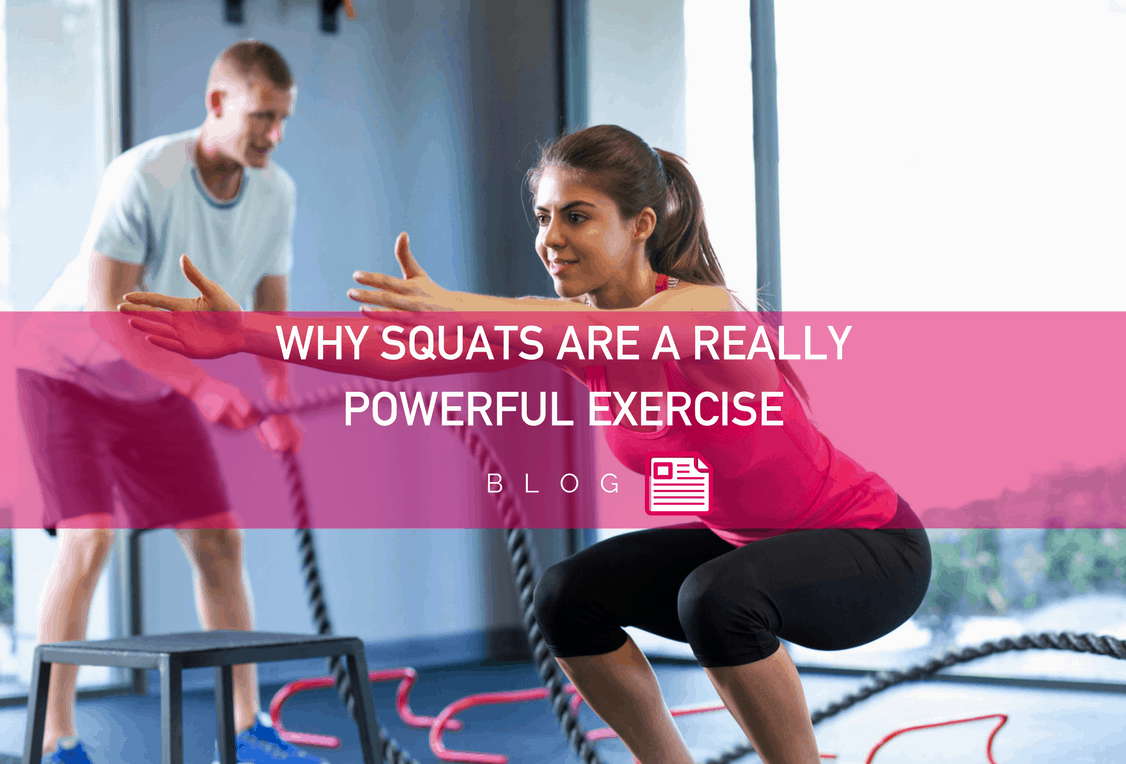


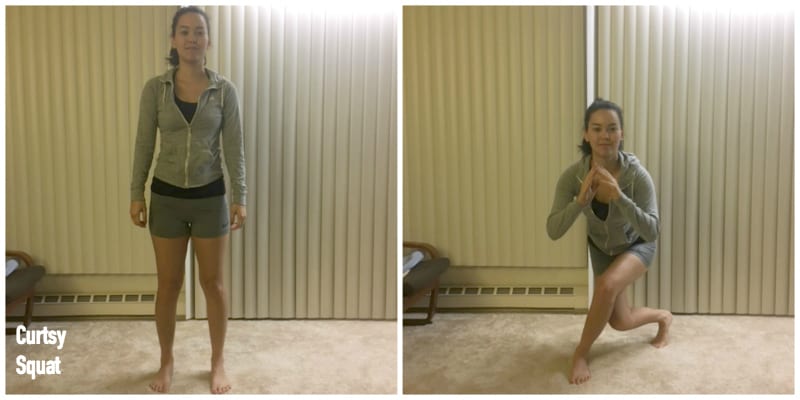
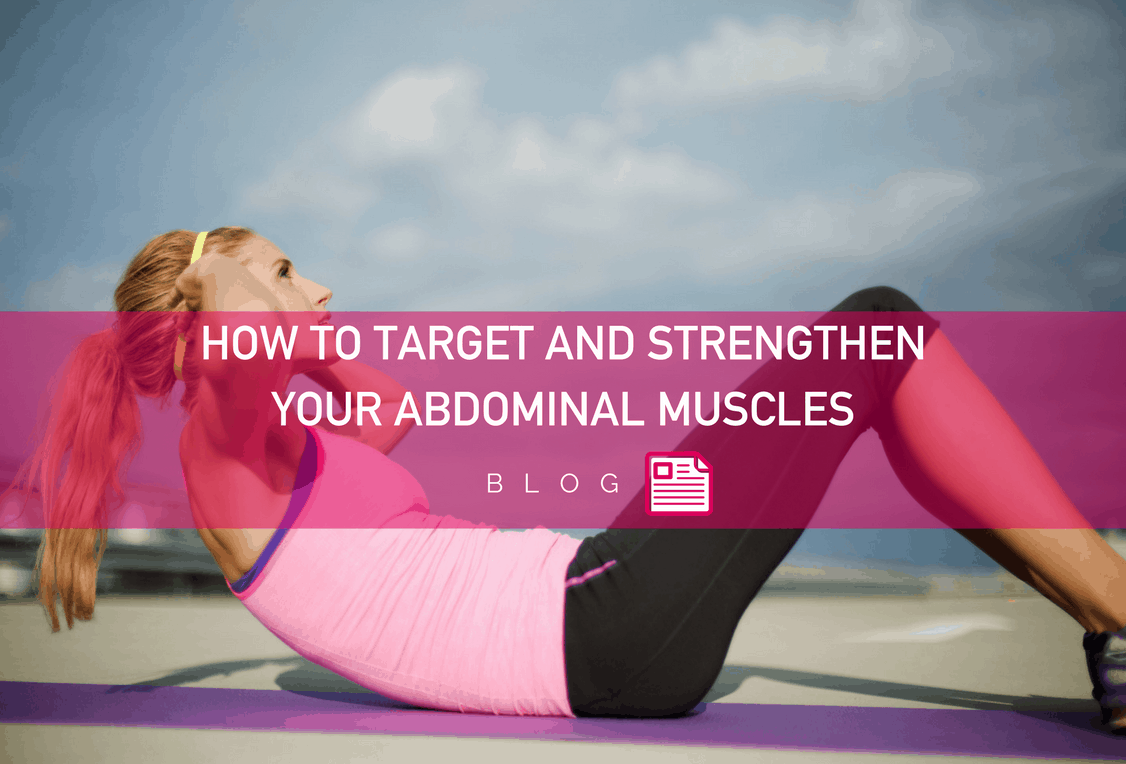
 1. Ball Crunches
1. Ball Crunches 2. Plank
2. Plank 3. Ab Roll Out Using Stability Ball
3. Ab Roll Out Using Stability Ball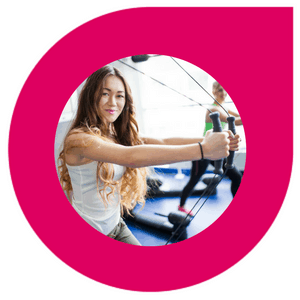 4. Cable Wood Chop
4. Cable Wood Chop
 1. Epsom Salt Bath
1. Epsom Salt Bath 3. Ice Bath
3. Ice Bath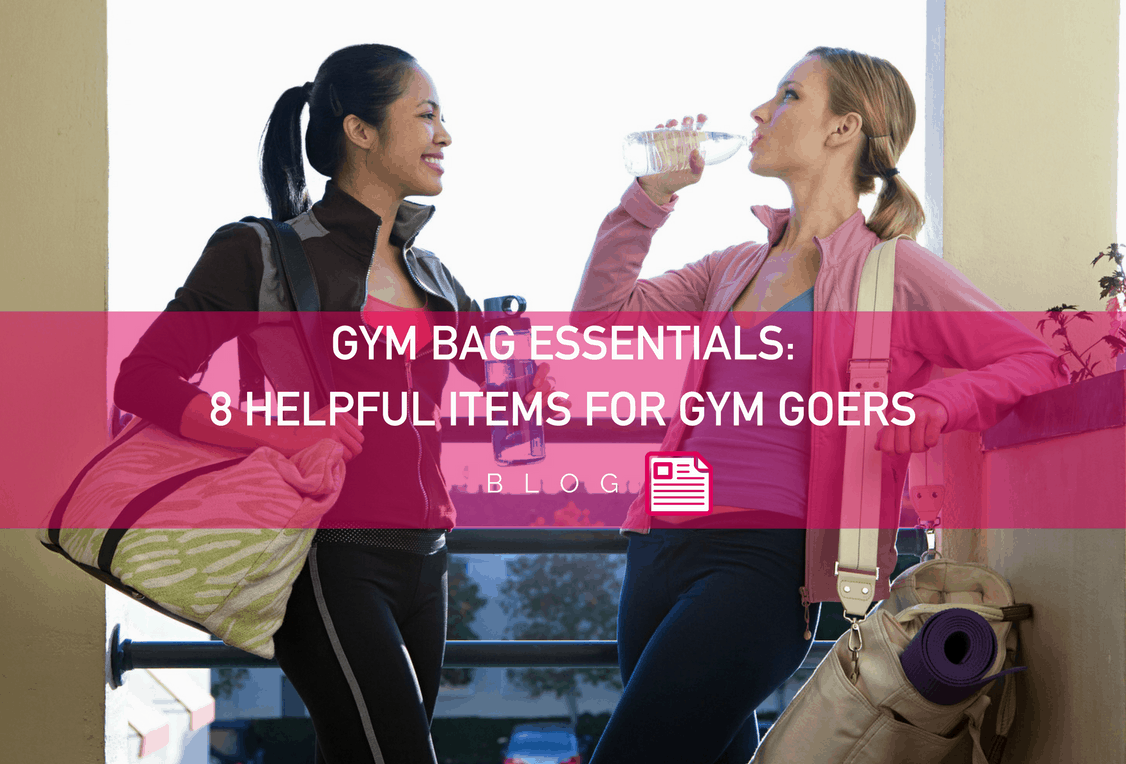
 8 Gym Bag Essentials
8 Gym Bag Essentials

 1. It’s Cost Efficient
1. It’s Cost Efficient 6. It’s a Great Way to Start Losing Excess Weight
6. It’s a Great Way to Start Losing Excess Weight
 1. You Haven’t Kicked Processed Foods
1. You Haven’t Kicked Processed Foods 2. You’ve Plateaued in Your Workout
2. You’ve Plateaued in Your Workout 3. You’re Not Getting Enough Sleep
3. You’re Not Getting Enough Sleep
 1. Parkour
1. Parkour 2. Barre
2. Barre 3. Aerial Yoga
3. Aerial Yoga
 1. Use a Good Blender
1. Use a Good Blender 3. Go Green!
3. Go Green!